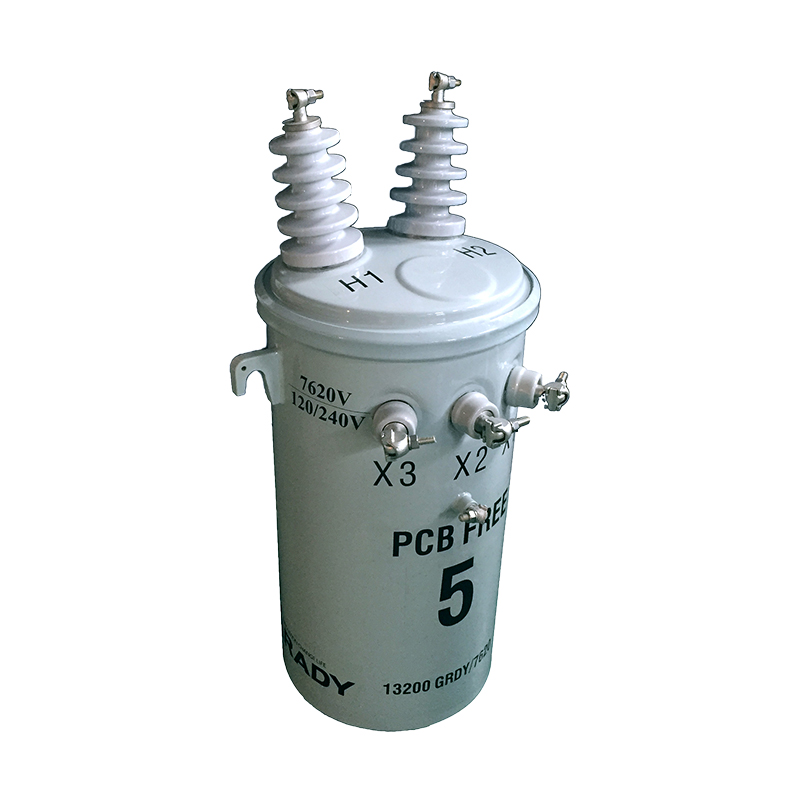Strategies for Stepped Voltage Regulators in Low Temperature Environments

The coping strategies of stepper voltage regulators in low-temperature environments mainly include the following points:
1. Installation of temperature control equipment:
-Low temperature can affect the speed and accuracy of stepper motors, which may lead to unstable motion and increased errors. Therefore, temperature control devices can be installed to keep the motor operating within a suitable temperature range and reduce the adverse effects of low temperature environments.
2. * * Use low temperature resistant materials * *:
-In low temperature environments, certain materials can become fragile and easily damaged. Choosing low-temperature resistant materials such as low-temperature steel and polytetrafluoroethylene (PTFE) for design and manufacturing can effectively avoid problems such as motor cracking and deformation caused by low temperatures.
3. * * Enhanced sealing measures * *:
-In low temperature environments, motors are prone to moisture and frost, which may cause damage or short circuits to electrical components. Therefore, it is necessary to strengthen the sealing measures of the motor to prevent the occurrence of moisture and frost.
4. * * Reasonable design and use * *:
-Under low temperature conditions, it is not advisable to frequently start and stop the motor. It is necessary to choose the appropriate motor type and reasonable working parameters according to the specific situation to ensure the stable operation of the motor.
5. * * Use low-temperature lubricant * *:
-The lubricant inside the stepper motor may freeze or become viscous at low temperatures, affecting the operation of the motor. Specially designed low-temperature lubricants should be used to ensure good fluidity and lubrication effect even at extremely low temperatures.
6. * * Select electrical components suitable for low temperatures * *:
-Low temperature can affect electrical performance, such as increased resistance and decreased conductivity. Electrical components suitable for low-temperature environments, such as low-temperature cables and insulation materials, should be used to ensure the normal operation of the motor.
7. * * Conduct low-temperature adaptability testing * *:
-The control system of stepper motors may face challenges at low temperatures, such as control signal delays and decreased sensor accuracy. Conduct low-temperature adaptability testing on the system to ensure precise control and positioning in low-temperature environments.
8. * * Regular maintenance and inspection * *:
-Low temperature may exacerbate the wear of mechanical components, especially bearings, gears, etc. These key components should be regularly inspected and maintained, using high wear-resistant materials and coatings to reduce the impact of wear.
In summary, the response strategy of stepper voltage regulators in low-temperature environments needs to be comprehensively considered from multiple aspects, including temperature control, material selection, sealing enhancement, reasonable design, lubricant use, electrical component selection, low-temperature testing, and regular maintenance. These measures work together to effectively ensure the stable operation and performance of stepper motors in low-temperature environments.
Relate Products
Relatenews
- Step Voltage Regulators: Key Specifications to Know 2025-09-05 15:31:00
- The Future of Step Voltage Regulators in Smart Grids 2025-08-25 08:16:00
- Efficiency Metrics for Step Voltage Regulators 2025-07-19 08:45:00
- Step Voltage Regulators: Addressing Voltage Flicker in Welding Operations 2025-07-08 17:49:00
- Application and Challenges of step voltage regulator in Ocean Engineering 2024-12-26 15:41:41
- Seismic performance evaluation and reinforcement suggestions for step voltage regulator 2024-12-26 15:41:39
- Compact Design and Space Optimization Scheme of step voltage regulator 2024-12-26 15:41:38
- Discussion on the Integration of Intelligent Manufacturing and Industrial Internet of Step by step voltage regulator 2024-12-26 15:41:37





